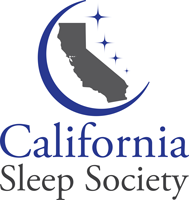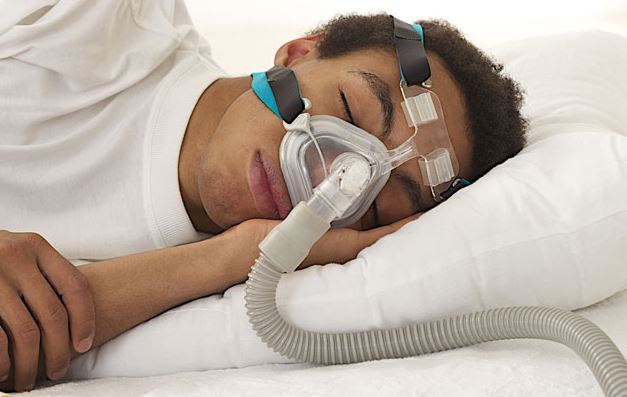By: Robyn Woidtke, MSN, RN, RPSGT, CCSH
In 2017, the U.S. Preventive Services Task Force stated that screening for sleep apnea is not recommended in symptomatic adults, including those with unrecognized symptom[1]. This is an interesting conundrum as many individuals who may have sleep apnea, may not recognize symptoms, or link them to another condition or situation, i.e., sleepiness. Primary care practitioners—even in 2021—still do not have the necessary skills and education in sleep health to ask the right questions.[2] This creates a clinical gap, but it is difficult to address if screening is not recommended as noted above. This may prevent many individuals from obtaining the necessary treatment.
Two recent articles discuss the need for reassessing the AHI as the “final” determining factor for treatment. A recent article by Pevernegie et al. (2020)[3] provided a very comprehensive dive into the history and current situation of the ubiquitous apnea hypopnea index (AHI). The fact that there is still debate over this issue in 2021 is quite interesting for a single “value” that seemingly has been the source of much clinical frustration over years. The article by Malhotra et al. discussed the issue if “mild” sleep apnea, defined by arbitrary cutoffs, should be treated. This further speaks to this issue when snoring and other symptoms are not taken seriously or are dependent on the AHI alone to provide therapeutic options. [4]. Both point out that there is more to sleep apnea than the AHI alone.
In fact, there have been many articles over the years to discuss the limitations of using the categorical indices of the AHI as the main criteria for providing OSA therapy for patients. The AHI drives coverage by payors, who too often, make decisions without looking at the entire clinical picture. It seem likes that our field must—squeeze out– the correct AHI or AHI with other issues just to be able to treat a medical condition.
I often compare our field to that of diabetes. There never seems to be a question about treatment regimen, even in patients where they are diagnosed with pre-diabetes, the care pathway is initiated to try with the goal to prevent the condition from worsening, a therapeutic regimen of metformin may even be started[5]. No one questions. According to the ADA, “Most health plans are required to provide certain health services aimed at preventing disease at no charge. This includes diabetes screenings for adults with high blood pressure; cholesterol screenings; obesity screening and counseling”[6]. It seems to me that sleep health/OSA should have similar concerns and attention when it comes to screening.
So, maybe the AHI has now grown into a measure of convenience over the years and it is hard to make changes, go against the system, make waves, but maybe it’s time to take a fresh look? Perhaps an emphasis in improvement in quality of life or new data looking at phenotypes should be considered. These areas may be equally important to outcomes and we may not fully know the long-term impacts to health and well, over and above the AHI. Maybe our field should take a new look at the AHI and address the elephant in the room.
Note: The USPSTF recommendation is currently under review as of December 2020.
[1] https://www.uspreventiveservicestaskforce.org/uspstf/document/RecommendationStatementFinal/obstructive-sleep-apnea-in-adults-screening
[2] https://www.ncbi.nlm.nih.gov/pmc/articles/PMC5102393/
[3] https://onlinelibrary.wiley.com/doi/epdf/10.1111/jsr.13066
[4] https://doi.org/10.5664/jcsm.8310
[5] https://www.endocrineweb.com/conditions/pre-diabetes/pre-diabetes
[6] https://www.diabetes.org/resources/health-insurance/health-insurance-update

